
Location: Stanford University
This will be the 404th meeting since 1954
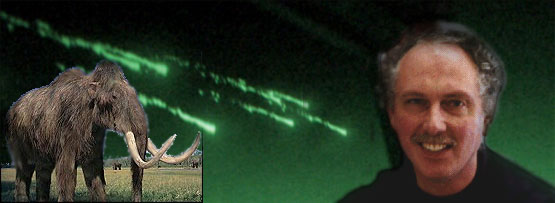
We have discovered a thin layer at 10 Clovis-age sites across North America and into Europe dating to 12.9 kyr containing magnetic microspherules and grains enriched in iridium, carbon spherules containing soot, nanodiamonds, glass-like carbon containing Fullerenes, all of which are evidence of an ET impact. This layer often lies at the base of a black mat contemporaneous with the onset of Younger Dryas cooling and the disappearance of the mammoths. Analysis of the impact layer indicates that the impact likely occurred as an airburst over the Laurentide Ice Sheet. The layer extends throughout at least 15 Carolina Bays along the Atlantic Coastal Plain which are unique elliptical depressions with parallel major axes pointing towards the Great Lakes that may have been formed in the shockwave following the impact. While searching for evidence of the Younger Dryas impact event in mammoth tusks we found exploded micrometeorites embedded into the surface of several tusks. Those tusks were subsequently dated to ~35 kyr ago and suggest that an earlier impact had occurred in Beringia. The radiocarbon record for the past 50 kyr shows that 14C was much more abundant in the past which can be completely described by the explosion of four supernovae <250 parsecs from Earth during the past 44 kyr. I propose that solar system is currently in a region of the galaxy where supernovae rates are high leading to disruption of the orbit of comets and asteroid and resulting in a high recent ET impact rate.
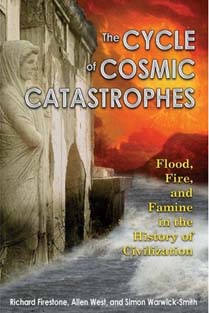
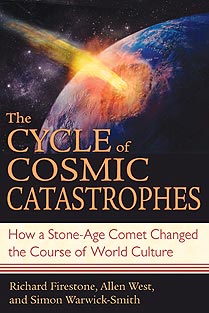
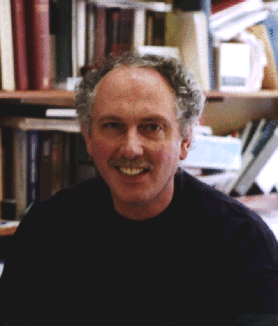
Rick Firestone
Richard Firestone was born in Los Angeles, Calif. and raised in Evanston, Ill. where he attended Evanston Township High School. He received a B.S. Chemistry degree in 1967 from The University of Michigan and a Ph.D. in Nuclear Chemistry from Michigan State University in 1974. Dr. Firestone has been a staff scientist at the Lawrence Berkeley National Laboratory and is currently group leader of the Isotopes Project. He has published over 200 scientific papers on subjects ranging from nuclear physics and chemistry to denitrification and extraterrestrial impact events. Dr. Firestone is author of seven books including the Table of Radioactive Isotopes (John Wiley & Sons, 1986), Table of Isotopes (John Wiley & Sons, 1995, 1998, 1999), Handbook of Prompt Gamma Activation Analysis (Kluwer Publishers, 2004), and The Cycle of Cosmic Catastrophes (Inner Traditions, 2006).
Reservations: The preferred way to make reservations is simply to email John Spritzer at jspritzer@usgs.gov by March 6, tell him you will attend, commit to pay, and bring your payment to the meeting. John always emails a confirmation; if you don’t get one, assume email crashed yet again and email him a second time. A check made to “PGS” is preferred, payable at the meeting.
If you want to pay in advance:
Everyone (including Stanford folks now) Please make dinner reservations by March 6. Contact John Spritzer, at U.S. Geological Survey, 345 Middlefield Road, MS-973 Menlo Park, CA 94025, Tel.: (650) 329-4833. Send check made out to “PGS” to John.
Dinner is $30.00. Includes wine (5:30 to 6:15 PM.) and dinner (6:15-7:30 PM.).
For students from all universities and colleges, the dinner, including the social 3/4-hour, is $5.00 and is partially subsidized thanks to the School of Earth Sciences, Stanford University (Note, no-show reservations owe the full price).
Doris, whose wonderful crew prepares our meals, asked that we let you know that people who are late RSVPing and people who show up without a reservation will be welcome but that they will be eating on paper plates with plastic utensils (food supply permitting).
Dues for Academic Year 2008-2009 ($10.00) should be sent to John Spritzer, U.S. Geological Survey, 345 Middlefield Road, MS-973 _Menlo Park, CA 94025. John’s phone: (650) 329-4833.
Officers: Keith Howard, President; Vicki Langenheim, Vice President; Mike Diggles, Secretary; John Spritzer, Treasurer; Elizabeth Miller, PGS Stanford University Coordinator
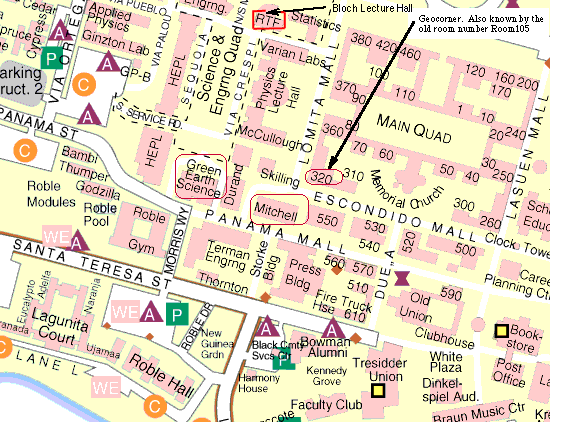
Date created: February 8, 2009
Last modified: February 26, 2009
Created by: Mike Diggles, Webmaster-Secretary, PGS.